About the Author
A ward-winning writer, photographer, and third-generation native Floridian Bruce Hunt has authored nine books on Florida travel and history. In addition he has written and photographed hundreds of articles for magazines and newspapers over the last two decades. He spent five years as a regular feature writer and photographer for DuPont Registry Tampa Bay magazine. His work has also appeared in the St. Petersburg Times (Tampa Bay Times), Tampa Tribune, and the magazines Backpacker, Rock and Ice, Skydiving, Florida Trend, and Celebrity Car, among others. He also writes the Visiting Small-Town Florida blog and the Car and Diner blog, and operates Bruce Hunt Images, a publishing industryfocused stock-photo website.
To my mother, Gerry Hunt, and to my grandnephew, Gabriel Hunt, spanning four generations of the Hunt family.
Globe Pequot
An imprint of Rowman & Littlefield
Distributed by NATIONAL BOOK NETWORK
Copyright 2017 by Rowman & Littlefield
Photographs Bruce Hunt unless otherwise noted.
All rights reserved. No part of this book may be reproduced in any form or by any electronic or mechanical means, including information storage and retrieval systems, without written permission from the publisher, except by a reviewer who may quote passages in a review.
British Library Cataloguing in Publication Information Available
Library of Congress Cataloging-in-Publication Data Available
ISBN 978-1-4930-1929-8 (paperback)
ISBN 978-1-4930-1930-4 (ebook)
 The paper used in this publication meets the minimum requirements of American National Standard for Information SciencesPermanence of Paper for Printed Library Materials, ANSI/NISO Z39.48-1992.
The paper used in this publication meets the minimum requirements of American National Standard for Information SciencesPermanence of Paper for Printed Library Materials, ANSI/NISO Z39.48-1992.
All the information in this guidebook is subject to change. We recommend that you call ahead to obtain current information before traveling.
Introduction
Y ou are never far from fresh seafood in Florida. With the Gulf of Mexico on one side and the Atlantic Ocean on the other, the most landlocked spot in Florida is still less than 90 miles from the sea. With 1,200 miles of sea coastline, Florida ranks second only to Alaska in coastline length. Add to that our inland water: Florida has more than 30,000 lakes covering 4,400 square miles, and 11,000 linear miles of rivers and streams. The largest lake, Okeechobee, covers 730 square miles. The longest river, the St. Johns, travels 273 miles. So it is easy to see why seafood rules on both the Florida restaurant scene and Floridians home dining tables. Theres nothing like fresh-caught Florida grouper, snapper, or hogfish. Our Gulf pink and deepwater royal red shrimp are the envy of the world. And Floridas spiny lobster, stone crab claws, bay scallops, and Apalachicola oysters are almost sweet enough to qualify as desserts.
In Seafood Lovers Florida we will take a journey to seek out and sample the vast variety of choices in Floridas most iconic category of foods, in some of its most iconic places. Its a journey that begins at the states far-northwest edge and meanders all the way down to its southernmost tip. This book is not just about seafood, its also about seafood places. For me, the placethe location, ambience, and historyis almost as important as the food. Notice I said almost ... because food always trumps atmosphere. If the foods no good, all the atmosphere in the world wont save it.
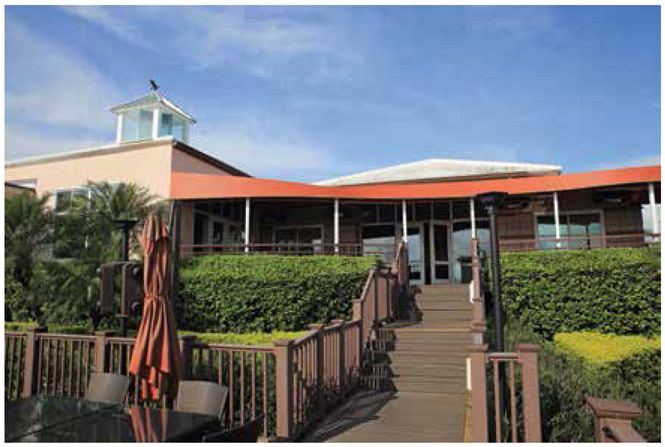

Im no restaurant snob though. Im actually happiest walking into a joint with a screened porch and fish-cleaning tables out back. Im particularly keen on hunting down places that are well off the beaten pathlocal, mom-and-pop dives with Florida flavor food. Some of Floridas best seafood comes from these less-pretentious establishments: raw bars, crab shacks, and fish houses. Places like Snook Haven on the Myakka River near Venice, Goodrich Seafood on Mosquito Lagoon in Oak Hill, and Alabama Jacks on a barge next to the Card Sound Bridge in that brackish nether land between Miami and the Keys. The emphasis isnt on haute cuisine here but on simple and fresh. Many have a close relationship with local fishing fleets, and some even have their own boats, so they are often your best bet for dining on something that was swimming around in the ocean that morning. And heres one of Floridas best seafood-seekers secret tips: Sometimes there are great chefs in these places too.
But Seafood Lovers Florida doesnt ignore the wear a tie and make a reservation restaurants. Florida has plenty that serve spectacularly good seafood. Okay. I dont really know of any Florida restaurants where you are actually required to wear a tie, but we do have some outstanding upscale joints, and so Ive included them too. They include places like Normans in Orlando, Oystercatchers in Tampa, Bud & Alleys in Seaside, and Louies Backyard in Key West.
I think most everyone would agree that its possible to have a great passion for music and yet not be able to play an instrument or carry a tune. I feel like the same might be true for food. I am ardently passionate about good food and yet admittedly I am a lousy cook. But I love food. I love the science behind preparing food, and I am in awe of the genius that it takes to extract enticing variations in flavor. In my opinion the great chefs deserve a place alongside the great composers, and Florida has attracted some of the greatest. Accordingly, you will find here, interspersed among descriptions of 180 restaurants and markets, a few interviews with some of these geniuses, like Harold Russell from Backfin Blue Cafe in Gulfport and Justin Timineri, Official State of Florida Culinary Ambassador. With its great abundance and variety of food, Florida has attracted the most inventive and talented chefs to prepare it.
Its difficult to appreciate how special something is when youve had it your whole life. I grew up on Spanish and Cuban food. To me it wasnt Latin food. It was just food. I was in college before I figured out that picadillo wasnt a Thanksgiving staple everywhere. Floridas history has always been about the collision of cultures. Long before the term fusion became part of the modern food-world lexicon, Floridians were creating dishes that blended cultural styles. As a result, Florida-style seafood reflects many influences: Spanish, Cuban, Bahamian, Greek, Puerto Rican, and Italian, to name only a few. But Floridas seafood history dates back even further.
If you go back far enough, youll find that most food preparation and cooking styles were born out of necessity, not out of an attempt to make it tasty. Spices, marinades, and smoking were all originally ways to preserve food (in a time when there was no refrigeration), not to flavor it. These techniques predate the arrival of European explorers but were widely practiced by Floridas original inhabitants. Today some of those same techniques are as popular as ever and are vital components of the art of Florida seafood cooking.


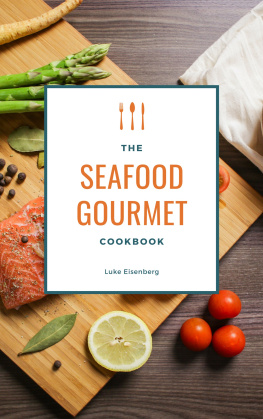
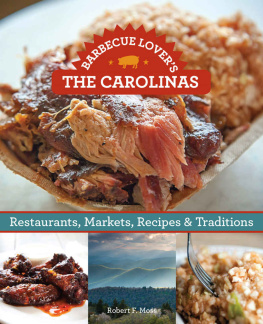
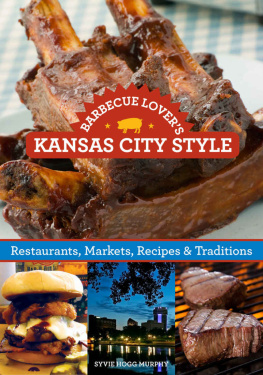
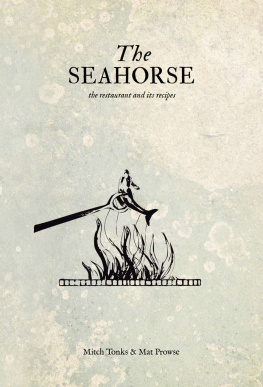
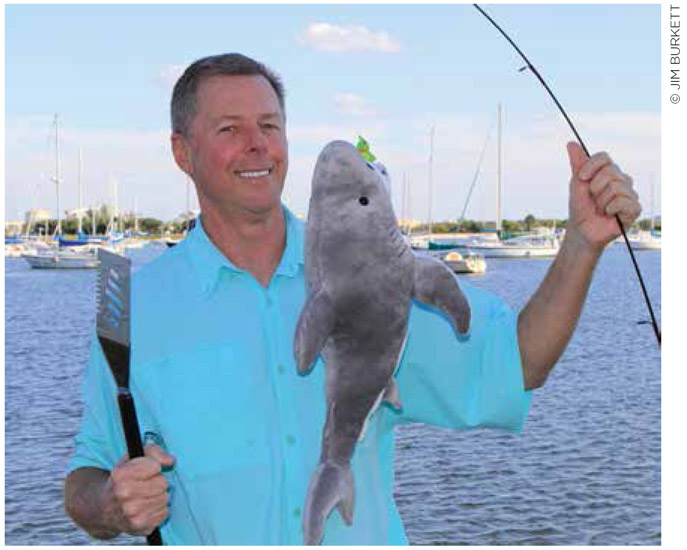

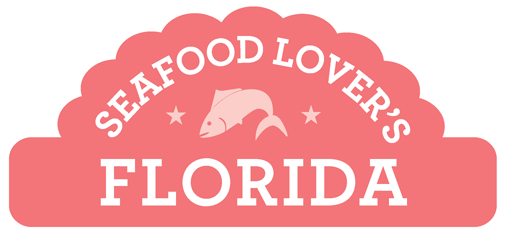
 The paper used in this publication meets the minimum requirements of American National Standard for Information SciencesPermanence of Paper for Printed Library Materials, ANSI/NISO Z39.48-1992.
The paper used in this publication meets the minimum requirements of American National Standard for Information SciencesPermanence of Paper for Printed Library Materials, ANSI/NISO Z39.48-1992.
